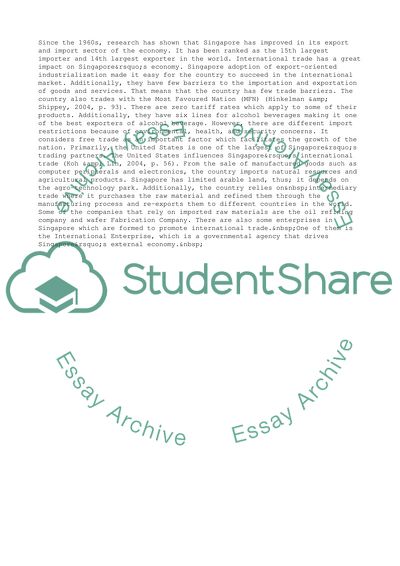Cite this document
(“International Business(Singapore) Essay Example | Topics and Well Written Essays - 2250 words”, n.d.)
Retrieved from https://studentshare.org/business/1692052-international-businesssingapore
Retrieved from https://studentshare.org/business/1692052-international-businesssingapore
(International Business(Singapore) Essay Example | Topics and Well Written Essays - 2250 Words)
https://studentshare.org/business/1692052-international-businesssingapore.
https://studentshare.org/business/1692052-international-businesssingapore.
“International Business(Singapore) Essay Example | Topics and Well Written Essays - 2250 Words”, n.d. https://studentshare.org/business/1692052-international-businesssingapore.


